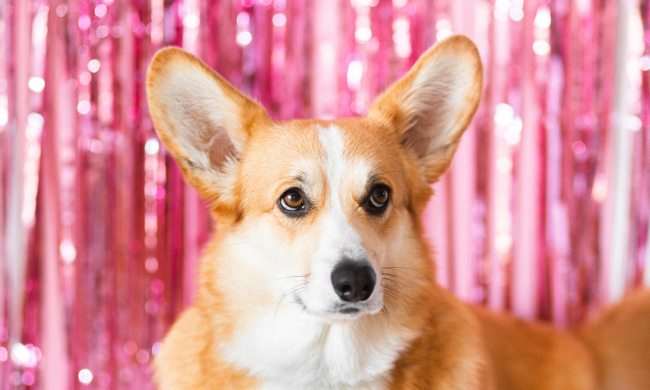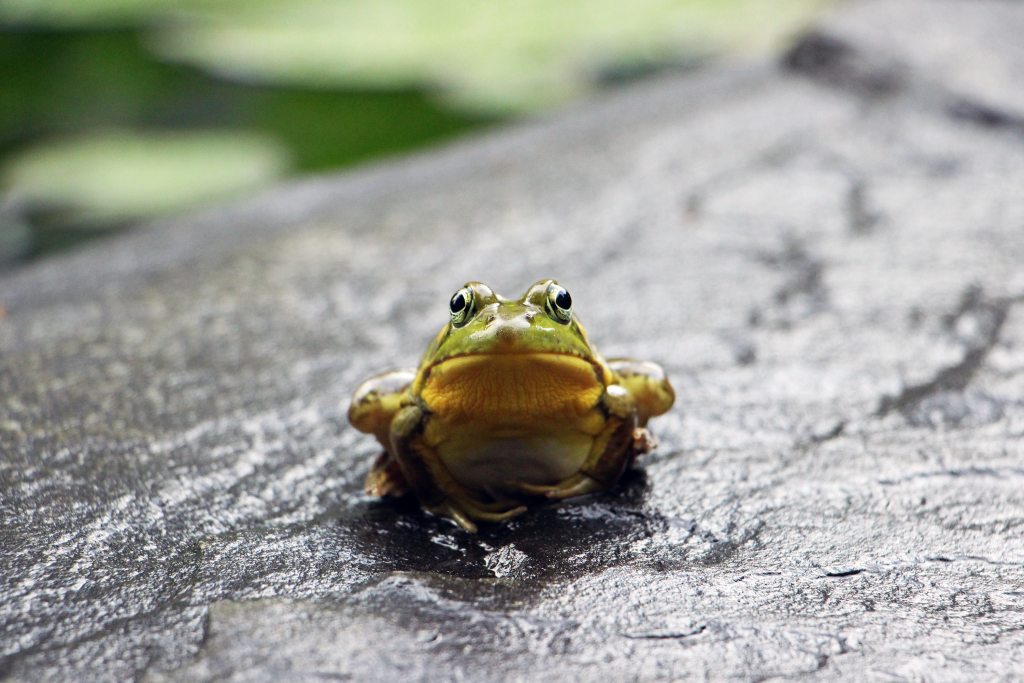
Whether you’re taking in rescue tadpoles or planning to keep frogs as pets, you’ll have to adapt continually to their changing bodies. These amphibians undergo a metamorphosis and live as tadpoles for up to 14 weeks, though the last stage of the transition happens in just 24 hours.
You’ll put them to bed as a kid and come back to a teenager. Also, tadpoles are vegetarians, but frogs are carnivorous, so you should prepare for their diet to evolve as they do over the course of a few months. Here’s what to feed tadpoles.
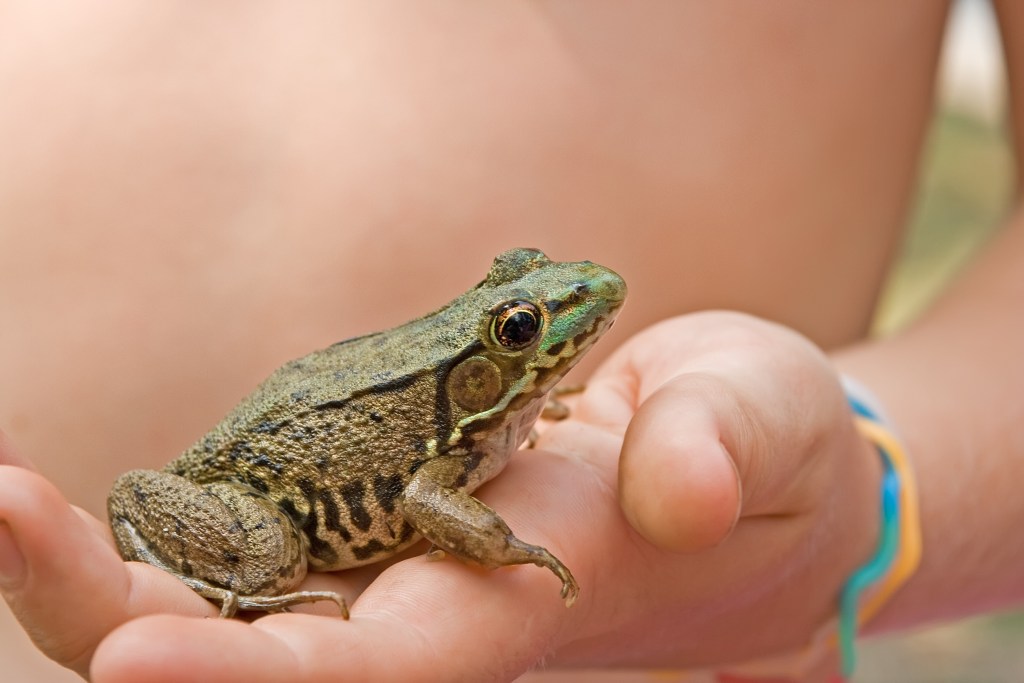
What should you look into first
Be mindful that there are laws regulating amphibian ownership. You may need a permit to house these guys in your home in their child stage, adult stage, or both. Do your research fully to ensure you’re complying with local and state laws plus any regulations for your apartment or HOA.
Lastly, confirm with yourself and your family that you intend to commit for the long haul. Some frogs can live a decade, and you would have to keep them the whole time, plus the next generation, if you wind up with males and females.
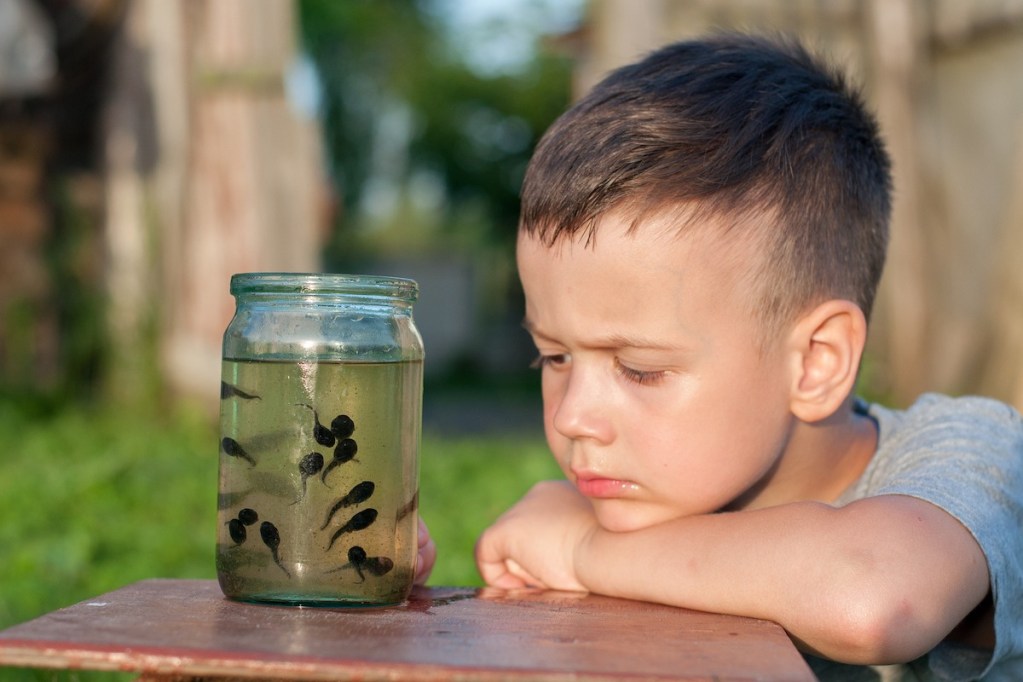
How to care for tadpoles
Right off the bat, you need to make a couple of big decisions. Are you rescuing and releasing? Will your tadpoles live outdoors in a pond? Or do you intend to keep your animals when they become frogs?
While many tadpoles can live together when they hatch, an indoor tank will quickly become overcrowded with adult frogs. You’ll also need to update your tank’s decor as they morph. To start, tadpoles live entirely underwater and have gills like fish. In fact, most frog moms lay the eggs beneath the surface, so the entirety of the baby’s early life is spent submerged in your pool or tank.
As they begin the transition, everything about tadpole care changes. The key here is to look for those little back legs because that tells you the process has started and it’s time to think about making adjustments. Your froglet, an in-between stage in which they have both front and back legs but still have their tail, needs to spend some time out of water.
After the back legs have appeared, begin to add sticks and rocks or a small platform in anticipation of their lungs. Of course, their diet will need to adapt substantially as well. It can feel like every day they want something different to eat. Prepare for this by doing some meal prep as frog puberty sets in.
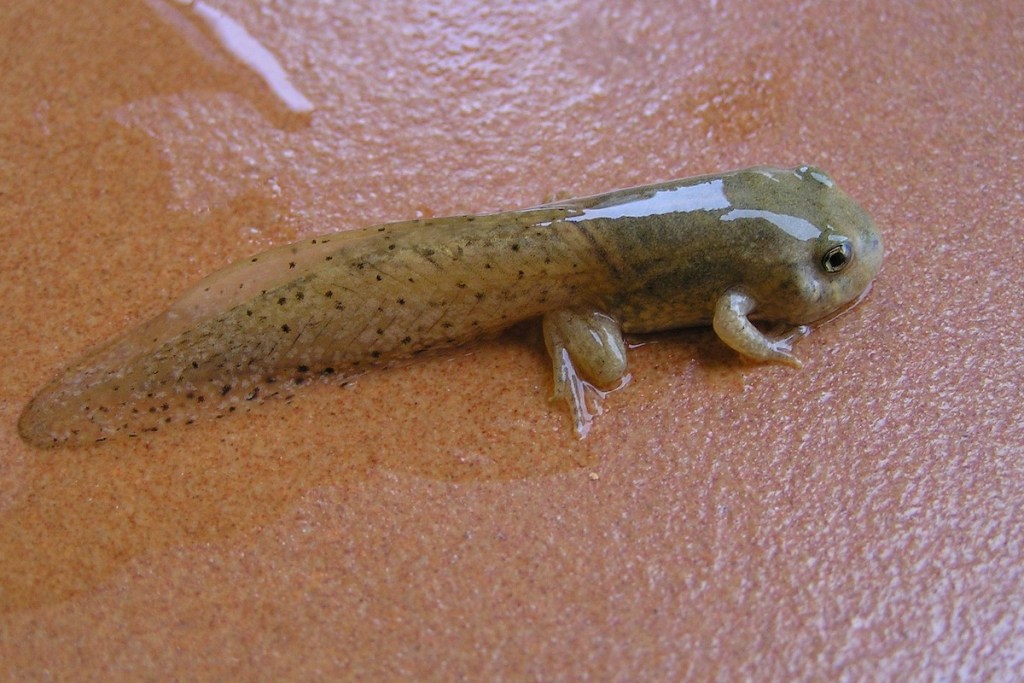
What to feed tadpoles
If you bring home eggs, you’ll be able to watch the entire frog-rearing cycle. Tiny tadpoles will hatch, and they’ll be extremely hungry. Luckily, their first food source is right there in the tank. They’ll eat their own eggs to start, which contain some vital nutrients that their little growing bodies need. Next, they will want to munch on veggies and pond plants. If you’re feeding them anything from the kitchen, make sure to boil it. We recommend you give them dinner every day or every other day.
As the tadpoles develop into adults, they become carnivorous and suddenly want to eat meat, mostly insects. When they’re about 6 weeks old, introduce a few bugs into mealtimes and see what happens. When you see fully formed front legs, it’s time to pause the feeding. It seems weird, but your blossoming frogs will actually eat their own tails (a little gross, but it works). When they finally emerge transformed, you’ll move entirely into frog foods. So, what can you feed your animals? Stick with these items.
Food for tadpoles:
- Algae
- Romaine lettuce
- Kale
- Cucumber (no seeds)
- Broccoli
- Carrot
- Commercial tadpole food
Food for frogs:
- Crickets
- Mealworms
- Grasshoppers
- Brine shrimp
- Bloodworms
- Commercial fish or frog food
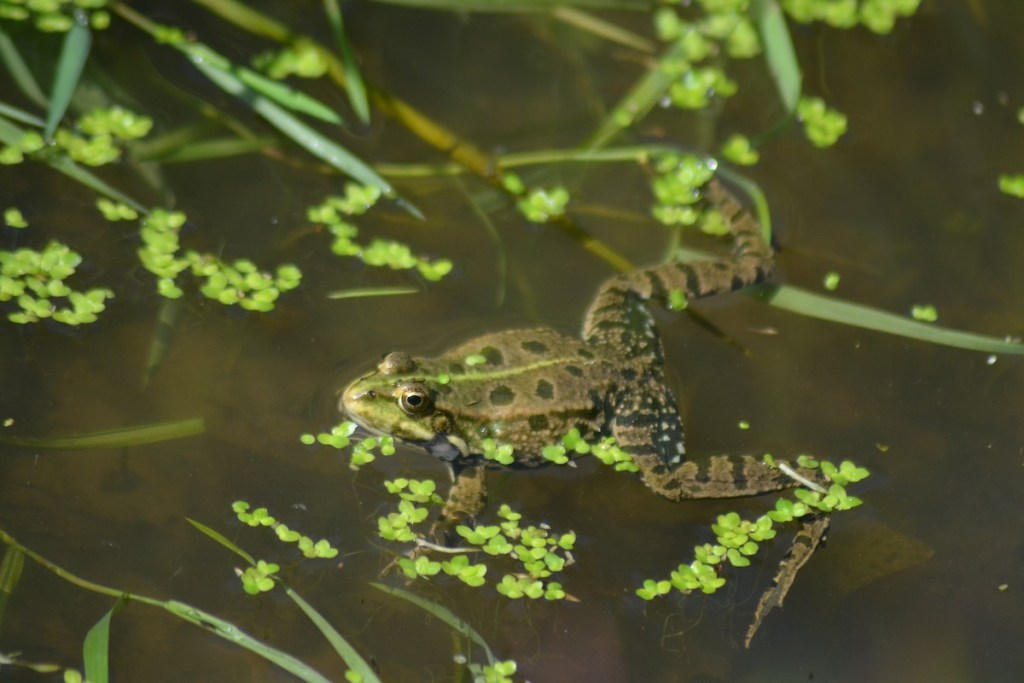
What not to feed tadpoles
The smaller the tadpole, the more they need to rely on leafy greens and algae. As they develop, follow their cues to determine which snacks they’re ready for. However, you should stay away from some foods entirely because tadpoles can’t digest them.
- Never feed these amphibians commercial pet food made for another animal. Dog, cat, and even turtle kibble can be deadly for them.
- You also want to avoid sugary snacks like fruit or pumpkin, and always take out the seeds from any other squash you might give (small amounts of zucchini, for example, are OK). Unless it’s in the veggie drawer, it’s probably off-limits. Make sure all vegetables are fresh, too (no preservatives or butter allowed).
- Once they get to the bug-consuming stage, stick with feeder insects from the pet store. You don’t want to bring in any diseases from the backyard.
- Lastly, if your tadpoles don’t get enough calories, they may start to eat one another. You can separate them temporarily to get back to a healthy feeding schedule.
There are a few more things to keep in mind about your new tadpoles. First, mosquitoes love still aquariums and may use the water as a place to breed. If you keep your pets indoors, be mindful of insects. Change the water frequently to prevent pests and maintain your little guys’ health. After every feeding, remove any excess bits of lettuce or wafers (some ponds and tanks can handle growing algae, so leave that alone). Old food will rot and contaminate the enclosure. Check with a vet or specialist if you notice anything wrong with your new pets, like signs of disease or alarming digestive issues, especially after a change in sustenance.


